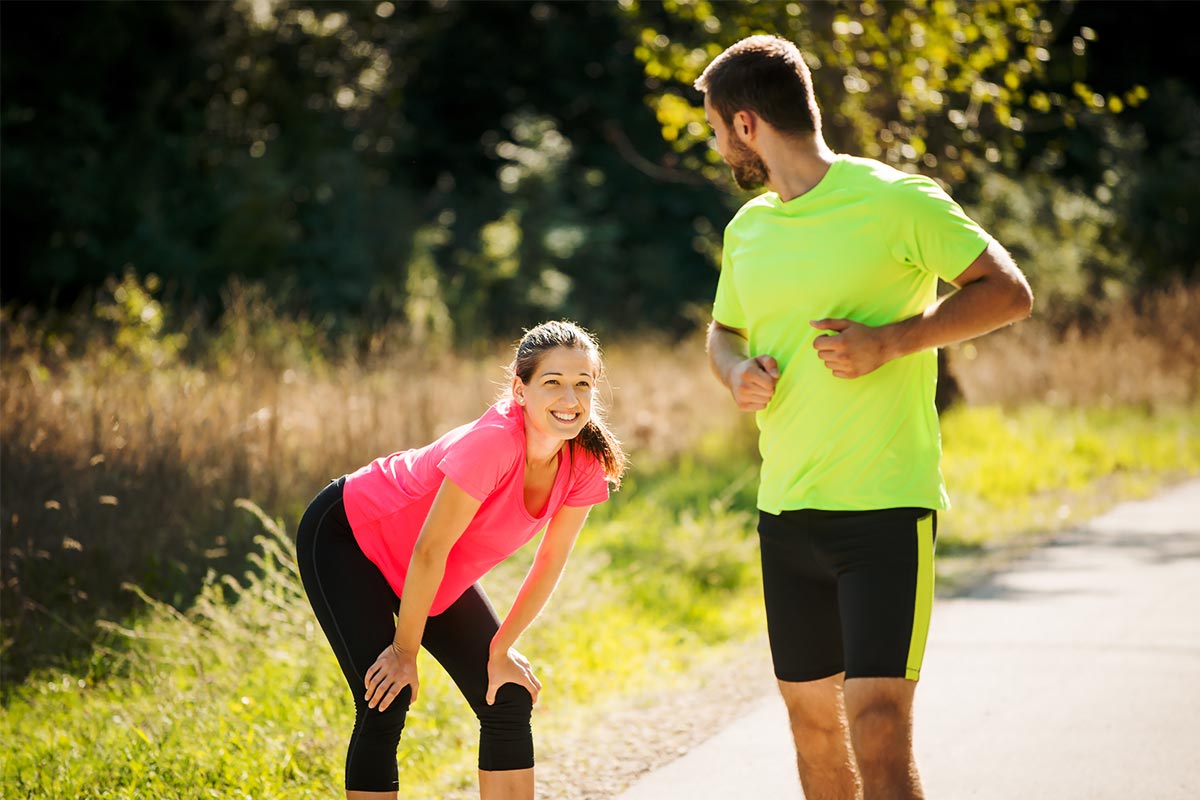Our Blog
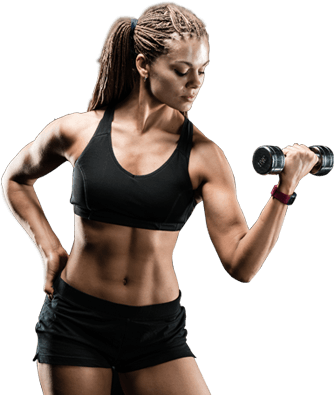
How to Start Exercising – A Beginner’s Guide

It goes without saying that regular exercising can turn your life around for good. The positive effect that physical exercises can have on your body and over well-being is unparalleled. Regular exercising helps in maintaining muscle mass, body weight, energy level, and reducing the risk of contracting chronic diseases. It also helps in enhancing your mood, boosting your mental health, improving your sleep patterns and in enhancing your sex life.
All of us are well acquainted with the benefits of exercise and have given working out a thought at various points of our lives. But, for some reason or the other, many fail to either start exercising or continue the pattern of exercising after starting strong.
The basic idea is to find the rhythm and to flow with it. It would take a lot of determination from your end to stick to a long-term routine. If you are one of those who are wondering how to start exercising but haven’t got a clue as to how to do it, we are here to help you out through our comprehensive guide on the same. So, stick around.
The Preliminary Stages of Exercising
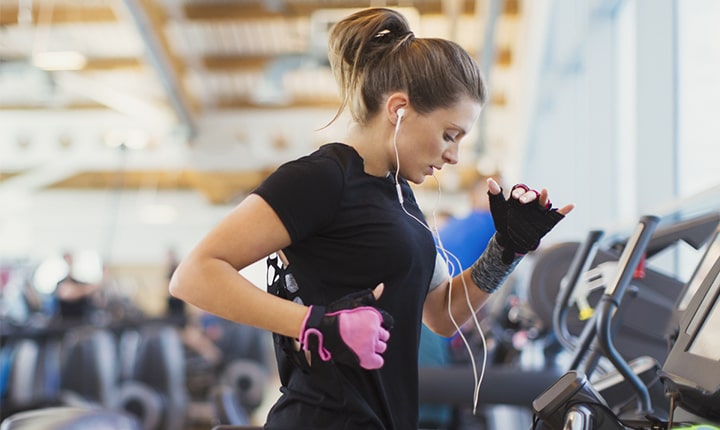
The first order of business before you begin your exercise regime is to do a thorough health check-up. We recommend you go for a physical medical examination so that if there are any health problems, that can be detected at an early stage and you can plan your workout routine in a much better fashion.
This health check-up is especially required for people aged over 45. You should have an awareness of how your body is functioning. You would be able to tailor your workout routine in consultation with your doctor and physical trainer based on the results on the physical examination. Knowing the limitations of your body is extremely important. There is a difference between pushing yourself to the limits and putting your life in jeopardy and you must know where to draw the line.
Once you are done with this, you can follow it up by going through these following stages:
Identifying the Types of Exercises
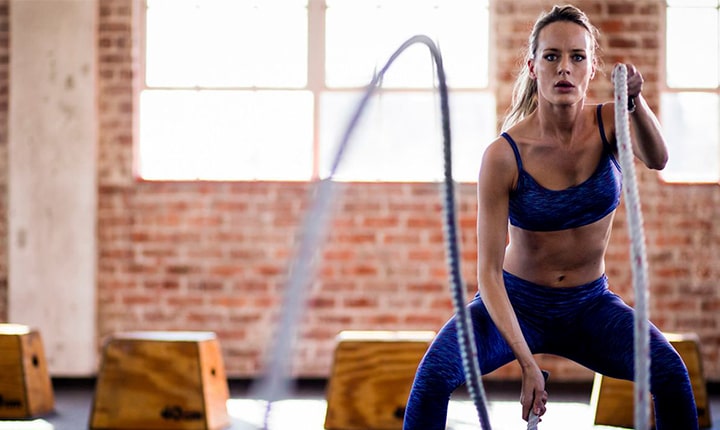
Exercise is an umbrella term and includes various types of routines. You can choose to perform a single or you can choose to mix it up by taking an ingredient from several types. This is regarded among the many essential workout tips for beginners which would help you categorise your exercise regime. Some of the most popular and beneficial forms of exercises for you to choose from are as follows:
Strength-based Exercise
Evident by its name, these exercises help increase strength and muscle power. Examples would include weight lifting, plyometrics, resistance training and sprinting.
Balance-based Exercise
These exercises enhance your mobility and stability while also improving your overall body coordination. In addition, they also improve your athletic performances and help you focus. Pilates, flamingo stands, tightrope walk, bean bag balance, and Tai Chi are some of the common examples of these exercises.
Flexibility-based Exercise
Flexibility-based exercises help in muscles recovery and in improving your range of motion while also protecting you from potential injuries. Yoga, chest mobiliser, cat stretch, and pal squeeze are some of the prime examples of flexibility-based exercises.
Callisthenics
Callisthenics refers to basic body movements that are done without the help of gym equipment. These exercises have a mild aerobic pace to them. Push-ups, pull-ups, sit-ups, and lunges are some common examples of callisthenics.
Aerobic Exercise
Stretching and strength-based training done over a rhythmic pattern comprises aerobic exercises. They improve your muscular strength, flexibility and cardiovascular fitness. Examples include dancing, running, jogging, and swimming, among others.
High-Intensity Interval Training (HIIT)
This training involves exercises that are performed over repetitions of short bursts of high-intensity level followed by a low-intensity level of exercise or rest periods.
Boot Camps
These are high-intensity circuits that are time-based. They usually combine resistance and aerobic exercises.
While choosing your workout regime, please remember that what works for someone else may or may not work for you. This is why you need to pick up the workout regime that best suits your needs and capabilities.
Deciding How Much Exercise You Want to Do
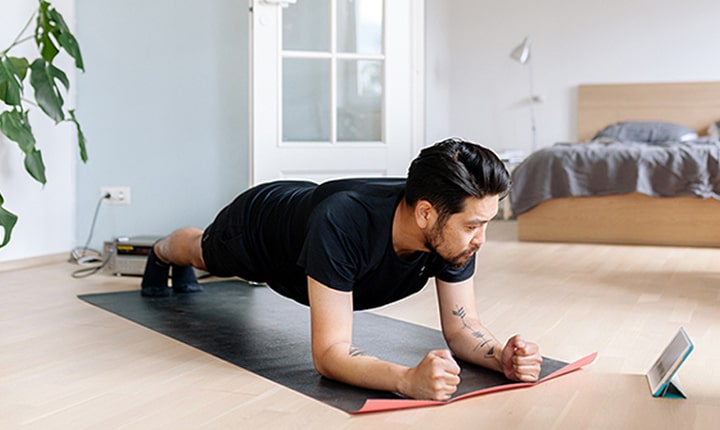
Among the many gym tips for beginners that you will learn here, one is that you need to have minimal expectations at the start. You can’t expect that you will be able to workout like an Olympic athlete on day one.
As per the American College of Sports Medicine, one should perform a minimum of 150 minutes of moderate workout every week. Now, how you want to divide these 150 minutes among the days of the week is dependent on you. For example, you can perform a 30-minute routine for five days a week, or you can go for a 25-minute routine for six days a week.
In fact, you can also choose to package these 150 minutes into one or two training sessions every week instead of spreading it throughout the week. The basic formula is to start slow and steadily increase the intensity as you build your fitness level up.
Taking one day off from workout every week is considered to be a healthy habit. Allowing your body to recover from the exercises is extremely important in the form of adequate rest. When you don’t rest, you run the risk of incurring injuries such as stress fractures and muscle strains that often result from OTS (Over Training Syndrome).
Furthermore, if you exercise too much, you can end up weakening your immune system and increase the risk of infection and hormonal imbalances. It will also cause chronic fatigue and will depress your mood.
Setting up Realistic Fitness Goals
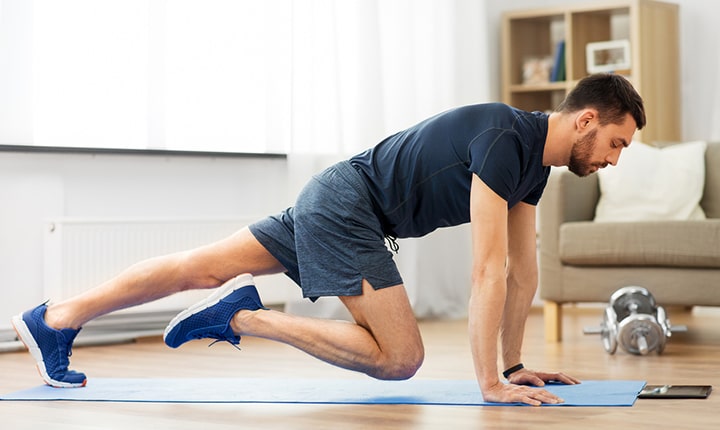
The next stage in how to start exercising comes the setting up of realistic goals. You need to be pragmatic in your approach. Reaching for the stars at the beginning is far from ideal.
Try to create a plan that involved attainable steps and goals. Have a gradual increase in pace in your plan. For instance, if you want to finish a five-mile run, then you can begin by creating a plan that starts with shorter runs. Slowly and steadily increase the distance of your run until you are able to run five miles in a single go.
Please remember that when you start with small goals, you will not only increase the chance of success, but you will also be able to stay motivated throughout.
We stress upon the term realistic because it is one thing starting a workout regime and it is another thing sticking to it. So, the plan that you make must be achievable enough. It should become part of your habit. Create a plan that you will be able to live up over a period of time. Remember, it is not a one-time thing. You need to be able to commit to it. Therefore, plan accordingly.
To help you out, here is an example of a regime that will come in handy for those who wants to learn how to start exercising.
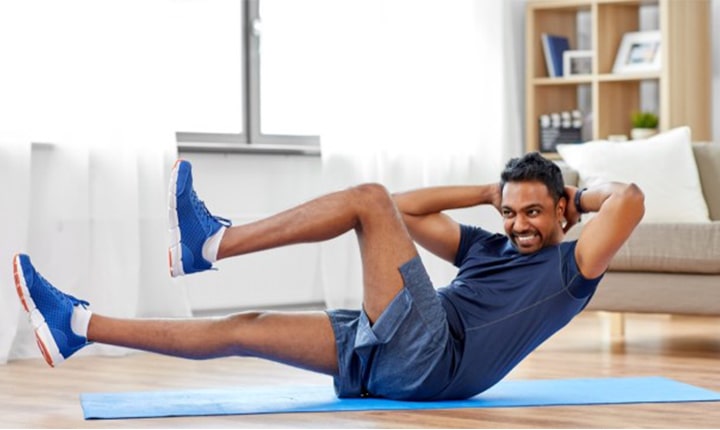
Monday – Perform a 30-minute moderate-pace brisk walk or jog.
Tuesday – Take rest
Wednesday – Jog for ten minutes. Next, perform three sets of ten lunges for each foot, ten pull-ups, and ten sit-ups. Follow this up by performing ten jumping jacks, ten air squats and ten chair dips. Be sure to rest for a minute or two between each exercise.
Thursday – Take rest
Friday – 30-minute Spinning class or Zumba
Saturday – Take rest
Sunday – Go for a long walk of 40 minutes
Feel free to modify the aforementioned plan to suit your requirements. This is just a sample for those who are seeking help while learning how to start exercising. This is not a hard and fast rule.
Workout Tips for Beginners

Now, to help you further learn how to start exercising, here are some gym tips for beginners:
- Have a balanced diet. If you want to sustain healthy energy levels you need to include all food groups in your diet. Carbs are especially important in this regard as they help in fueling your muscles before exercises. Include protein since it will help in muscles recovery, tissue repair and building muscles mass. Finally, include healthy fats as that will make your energy last longer.
- Stay hydrated. This is crucial for maintaining optimal performances.
- Warm-up your body before exercising. It will help you in avoiding injuries and improving your overall athletic performance.
- Listen to your body. You are not Hercules and there is no shame in having limitations. A wise person is aware of his or her body and knows when to stop.
Summary
The most important element in your quest of how to start exercising is that you need to formulate a plan that will be realistic enough for you to be able to achieve. It will be challenging at first but when you have a real objective, you will be able to maintain it in the long run.
Try to include a variety in your workout regime so that you never get bored of it. Start slow, and build up your pace eventually. In addition, keep track of your progress. It will help you in mapping out how far you have come. Include rest days in your routine and try and stick to your routine. If you do it regularly for a few days, it will eventually become your habit.




